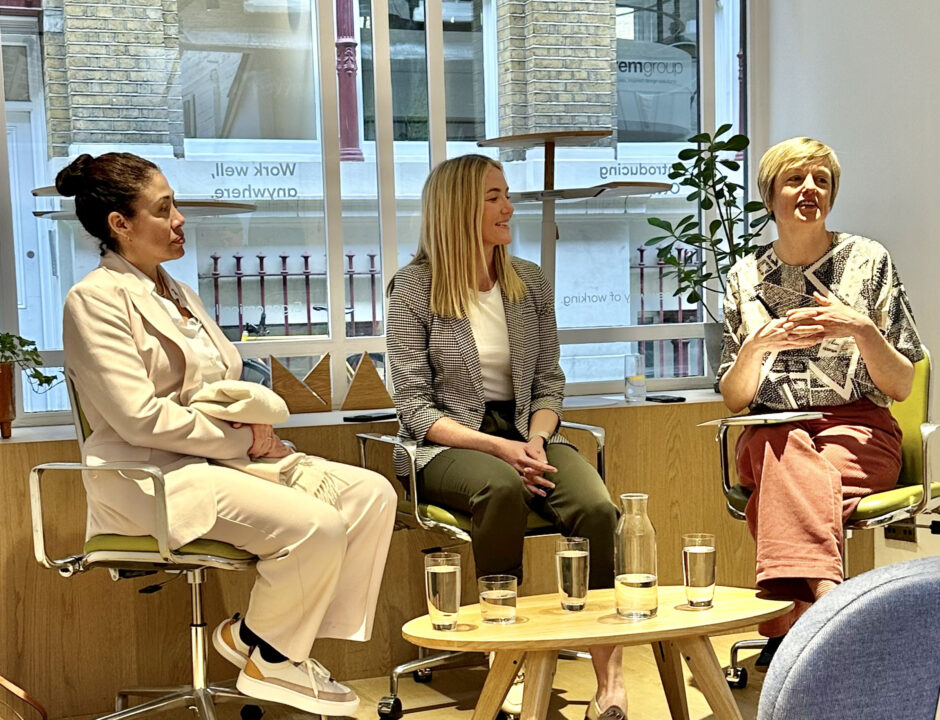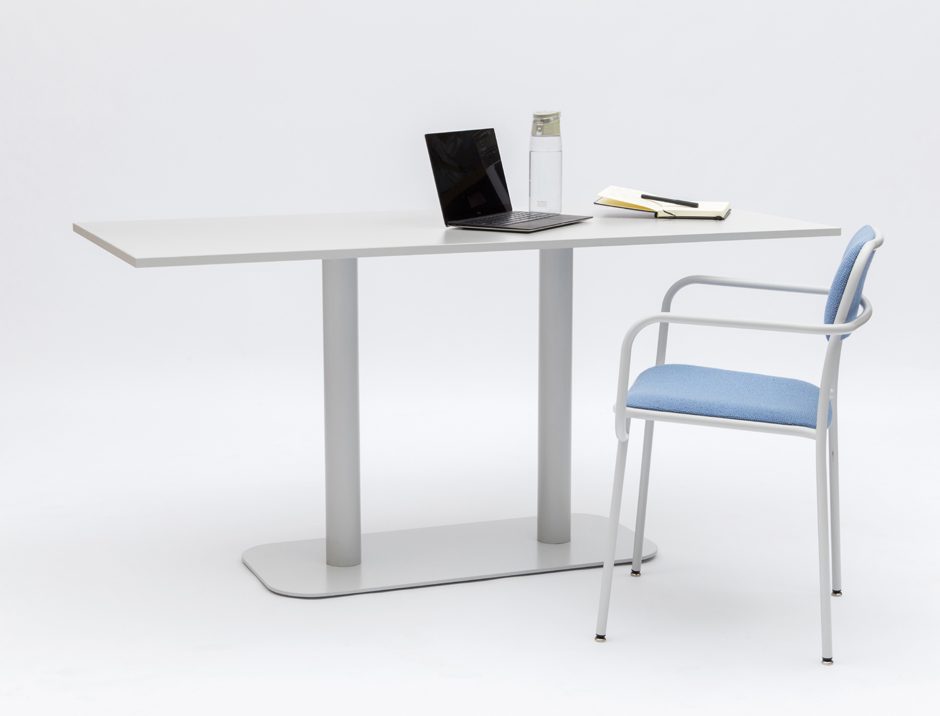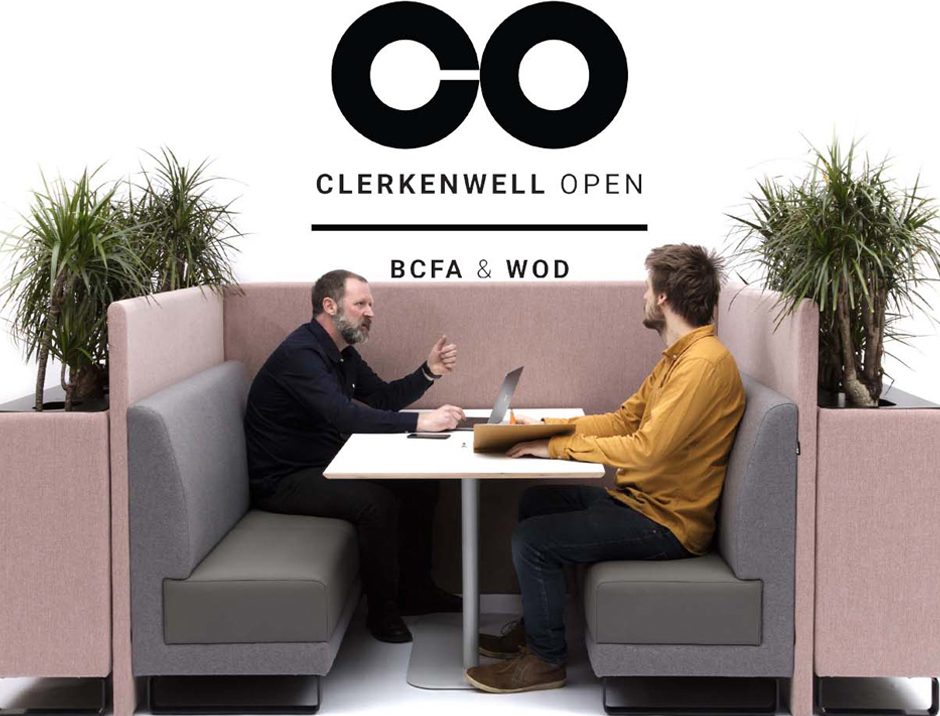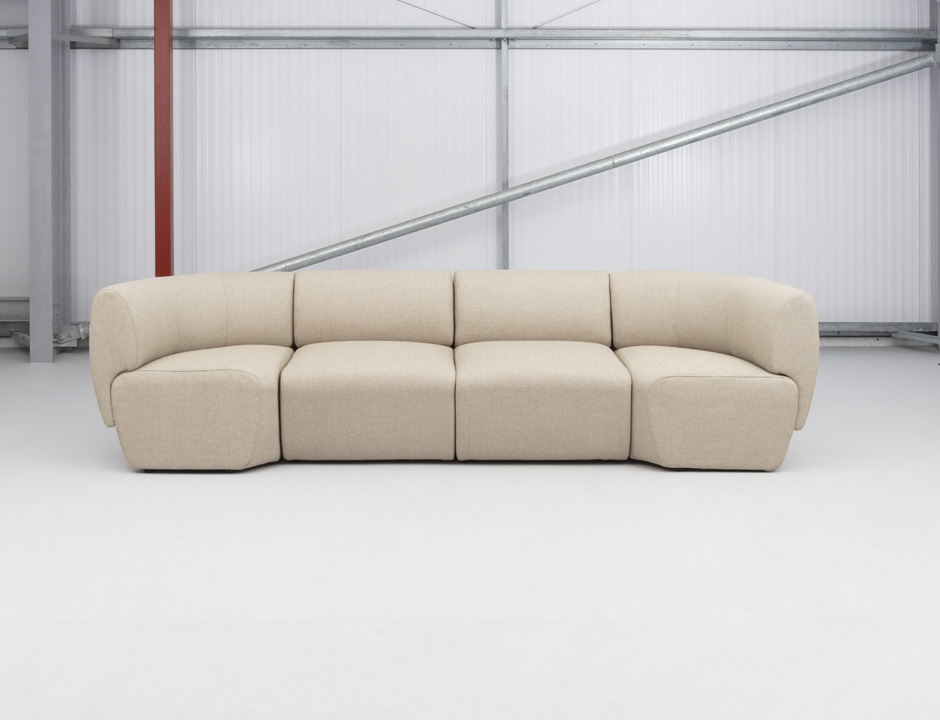
We were delighted to host a panel discussion on the impact of posture and ergonomics in workplace design – challenging why it’s so often misunderstood despite the measurable impact on wellbeing. Any company with ESG goals should have this as top of their list for social impact.
Our panel discussion coincided with the launch of our innovative laptop table, Otto that is a result of the lack of engagement in ergonomics as a key component in design thinking that Kirsty experienced in her professional practice as an ergonomist. Joining Kirsty were MARK co-founder Anna Hart and Giovanna Jagger of the International WELL Building Institute.
Kirsty, Anna and Gionvanna discussed where is the place of ergonomics and posture in the bigger picture of workplace wellbeing.
The conversation around ergonomics commonly starts and stops around the need for sit stand desks and monitor arms. If those have been specified then as designers we’ve done our job. And in turn it’s common for conversations around wellbeing to center around mental health and neurodiversity – however this discussion explored how we can refocus the lens of ergonomics in workplace design.
We are in the main currently ignoring the impact of third spaces on our wellbeing – in Kirsty’s experience this continues to be a theme with ergonomists only being consulted as a solution to pain through poor work settings and not prevention through design.
With the WELL standard Giovanna hopes to see this change as there is a growing body of evidence that wellbeing is critical to a buildings success – sustainable criteria are useless to occupants if the building does not meet their needs in tandem.
We’re living through interesting times with hybrid working influencing the design of workplaces, hospitality spaces and our homes; all these spaces are part of the work environment. Breakout and social settings in the context of the wider environment – noise, lighting, movement plus our adoption of working on laptops for hours on end needs to be considered as a whole.
Ergonomics needs to be part of the design scheme with the understanding that it is the key component in how you feel when you interact with your colleagues, your environment a product, a piece of furniture and enables you to then get on with your work.



